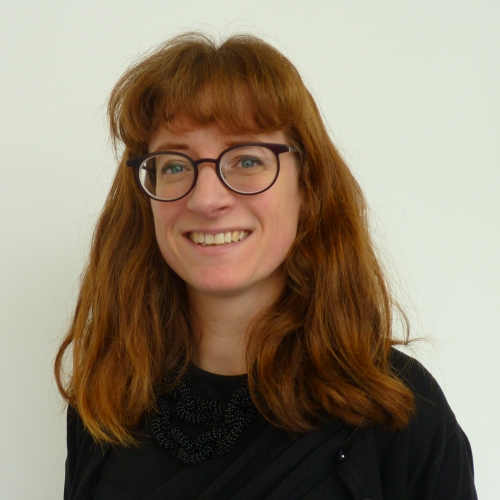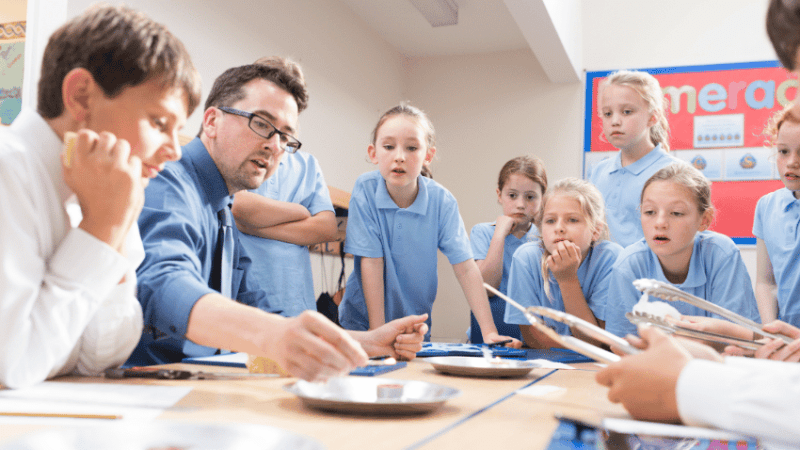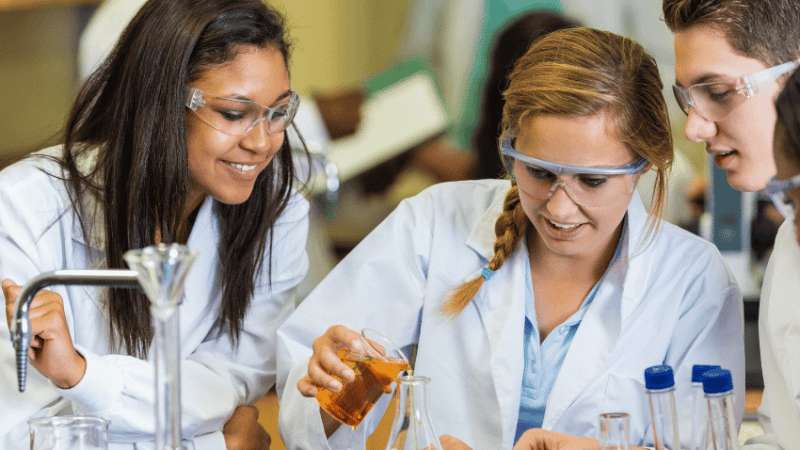STEM – What students can learn at the point where science meets the arts

Far from being opposites, the study of science and the practice of art can intertwine in fascinating and rewarding ways, writes Hannah Day…

- by Hannah Day
- Head of art, media and film at Ludlow College Visit website

The school timetable, while practical and efficient, sends out a very clear, yet unhelpful message – that each subject is separate and stands alone.
Recent research by The British Science Association, however, shows that this isn’t what young people want, nor feel they need in order to prepare themselves for the future. In their view, they’re pigeonholed – forced to select between distinct scientific or creative pathways, and missing out on opportunities to develop multidisciplinary approaches to problem solving in process.
The shift of focus towards STEM and away from STEAM (science, technology, engineering, art and maths) over the last decade plus has only exacerbated this trend, and seen creative subjects become increasingly relegated in importance.
It’s therefore no surprise that one of the key concerns raised by the BSA’s Future Forms research was a lack of access to practical teaching – something highlighted by students in science and art pathways alike.
Budgetary pressures
Tight budgets and increasing costs for schools have forced many to reduce their practical offering. Both science and art subject areas make regular use of perishable items – chemicals, paints and so forth – which can only be used once, which doesn’t help. Nor does the lack of teachers, particularly in science subjects.
Shockingly, one science teacher I spoke to informed me that he’d previously been forced to teach groups of 90 in a school hall when no teachers, not even a supply, could be found. When pressures like that take hold, practical offerings will often be the first to go.
However, budgetary pressures aren’t the only thing both subject areas share. There are some genuinely exciting ways of addressing these issues, while also giving students more of the connected approach between the two that they so desperately want. Let’s look at some examples of art history and science working in union, and see what we can take from them.
Art and biology
This is perhaps the most obvious place to start. We’ve all seen Da Vinci’s illustrations of human anatomy, and can instinctively recognise that visual understanding is a key skill for any student wanting to progress in medicine or veterinary science.
Combining observational drawing of animals with a science lesson in anatomy can open up two approaches to exploring the same artifact. This is great if you have a collection of beetles in the back office, or work at a school that still dissects mice – but if you don’t, then the work of Victorian botanist and artist Marianne North could provide you with a much easier route.
Her painting depicts exotic flowers from her wide travels, and was considered by Charles Darwin to be excellent documentary material for illustrating the theory of natural selection. Her rich, in situ compositions can be used in art as an artist starting point, and in science to illuminate the differences between the plants she captured and explore general plant anatomy. With over 800 paintings to choose from, her work provides both subject areas with a rich source to draw from.
Art and chemistry
Many of what are now our most commonly used colours were originally stumbled upon by scientists attempting to create something rather different than a novel shade to welcome in a new fashion season. My favourite account relates to William Perkin – a celebrated British scientist who sought to create a synthetic quinine which, during the mid 1800s, was the only known cure for malaria.
While experimenting with coal tar, he kept producing a light purple liquid. Alongside his passion for chemistry he had once also dreamed of being an artist, and with his curiosity piqued, he placed some fabric in the liquid. He soon realised he’d created a light- and wash-proof dye in a colour we now know as mauve, which went on to become one of the most sought-after dyes of the Victorian era and made Perkins a rich man.
His tale reminds me of the sessions I completed as part of my textiles degree, where we had to mix and dye a rainbow of colour swatches. These sessions bore all the hallmarks of science lessons, complete with the careful measurement and combining of different elements, experimentation and subsequent recording, annotation and storage.
Approaching colour theory and paint mixing from the perspectives of both disciplines can provide an interesting lesson in how to record observations, while improving students’ understanding of how colours, hues and shades can be created and altered – foundational skills for scientists and artists alike.
Trending
Art and physics
Some years ago, I was teaching a group of students who became interested in long exposure light photography. This resulted in them producing images of stars at night which shows some stars having light trails that were curved and others that were straight. Off to the physics department we went, knowing that what we saw in the photos had something to do with the rotatation of the Earth, but little more than that.
We soon learned that those differently shaped light trails were to do with a combination of both the Earth’s rotation and the direction the camera happened to be facing. When tracked north to south or vice-versa, the stars’ trails appeared straight; when tracked east to west, the trails would appear to ‘curve’ into circular lines.
We didn’t stop there. After we were kindly lent some lasers to photograph, we were able to give a follow-up lesson where students learnt all about light rays, diffraction, refraction, reflection and absorption.
The images that came out of this were abstract and ethereal, captured as they were using a range of different camera settings, aperture sizings and ISO values. We used Photoshop in postproduction to further refine the images and produce striking contrasts between light and dark areas, and expanded our explorations to include light sources from torches, glowsticks and even sparklers.
These are just three examples of ways in which you can potentially draw on vast areas of research and practice – you’ll have your own particular interests and topics that you want to explore.
But whether you’re reading this as an art teacher or a science teacher (or indeed a specialist in any other subject), it’s well worth finding out what you and another department might have in common. You may be surprised where these connections might take you.
Take it further
Why stop there? Those ‘TEM’ subjects can make for similarly perfect art partners…
Technology
Classes can use an online tool called sketchpad.cc, which lets users ‘programme’ graphics using lines of varying thickness and colour. Once a set of instructions have been issued, sketchpad.cc will execute them in a continuous loop, resulting in continuously developing compositions. Similar alternatives can be found at randomart.com and scratch.mit.edu.
Engineering
The Angel of the North is as much an engineering triumph as it is an artistic one. Its foundations extend down 20 metres and are anchored to solid rock, while the work iteself employs 700 tonnes of concrete and 32 tonnes of reinforcing steel. Classes could explore the practicialities of top-heavy sculptures and how they can be secured, touching on the mechanics of weight distribution and properties of different materials.
Maths
Curves of pursuit were originally studied to devise more effective manuevouring strategies in naval battles. As one ship pursues another, the point the former is advancing to will move, creating spiralling lines and patterns. Exploring this in lessons will enable students to practice their skills at making precise measurements, and discover the work of artist Megan Geckler, who uses curves of pursuit and wool to create remarkable installations.
Hannah Day is head of art, media and film at Ludlow College










